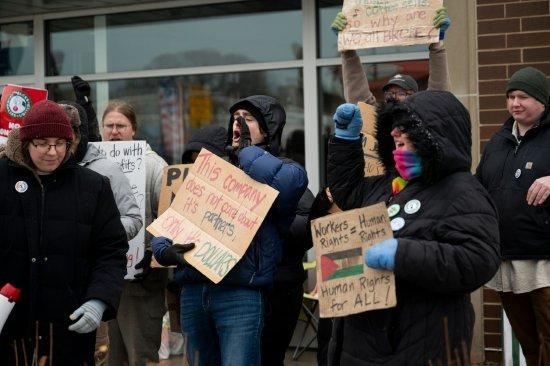Starbucks Strike
In the past few years, Starbucks has experienced several large-scale strikes around the world, including the Los Angeles strike in 2019, the Washington State strike in 2020, and the recent Shanghai strike. These strikes not only attracted public attention, but also had a negative impact on Starbucks' brand perception.

First, the general strike at Starbucks reflects employees' dissatisfaction with working conditions and benefits. In the 2019 Los Angeles strike, many employees protested because they could not get enough rest time and pay. In addition, in the 2020 Washington state strike, employees demanded an increase in the minimum wage and other benefits. In the recent strike in Shanghai, some employees expressed their desire to improve the working environment and reduce overtime hours.
Secondly, the Starbucks strike highlights the importance of corporate social responsibility. Through the strike, employees try to get the company to pay attention to their rights and take action. However, it also shows that Starbucks lacks transparency and effective communication channels in dealing with these issues.
Finally, the general strike at Starbucks had a negative impact on the company's brand perception. The behavior of employees may raise issues of consumer trust in the brand, which may affect the business reputation of the company. At the same time, this behavior may also lead to employee attrition, which may have an adverse impact on the long-term development of the company.
Overall, the Starbucks strike is a social phenomenon worthy of reflection. Enterprises need to pay attention to the rights and interests of employees and establish a good communication mechanism to ensure the sustainable development of enterprises. At the same time, the government and society also need to strengthen supervision, protect the basic rights of workers, and promote harmonious relations between enterprises and employees.